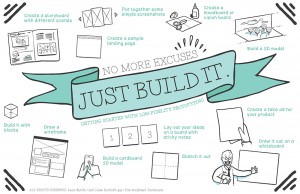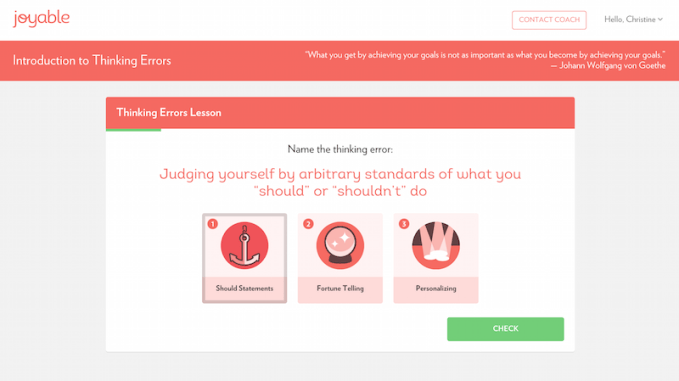A couple years ago, when I was a wee lass taking Intro to Linguistics class in sophomore spring, we had an interesting guest lecture about hearing aids at infancy. When an infant is diagnosed with deafness, and it’s due to problems with parts transferring sound from the eardrum to the cochlea, the parents have the option of choosing cochlear implant for their child. (I believe there is really no option if the nerve to the auditory part of the brain from the cochlea is damaged.) The hearing aid will allow the child to hear sounds, though not at as high a fidelity level as it would have been for normal ear. The child learns to communicate as a person without hearing disability would, but research shows that his or her linguistic development (as measured by reading comprehension and speaking tests) will occur still at a slower rate than a normal child probably because of the low fidelity of the cochlear implants.
This is where the argument for sign language comes into play. A child learning sign language as the first language may learn to make best use of the senses s/he has. Assuming that they have received proper training and exposure since infancy to sign language (which is not always the case for a deaf child with parents who are not deaf), they perform on par with children without hearing disability in terms of linguistic development – hence, the debate.
Is it better for the child to linguistically perform at 8,90% with hearing aids, or 100% with sign language? The former would be better assimilating to the norm while the latter is better performance. The burden is heavy on the parents.



![Google's self-driving car [Source: http://s3.amazonaws.com/theoatmeal-img/blog/google_self_driving_car/road_ready_small.jpg]](http://6.811.scripts.mit.edu/blog/wp-content/uploads/2015/11/Google_SelfDrivingCar-300x200.jpg)








